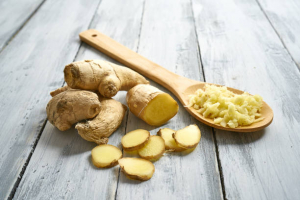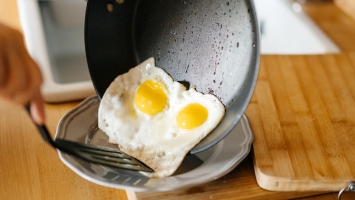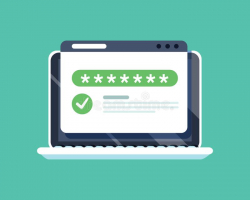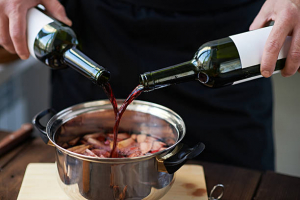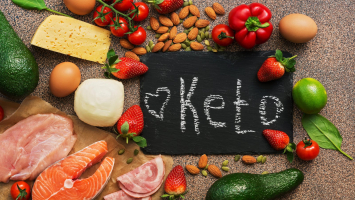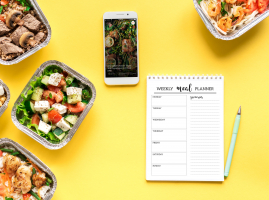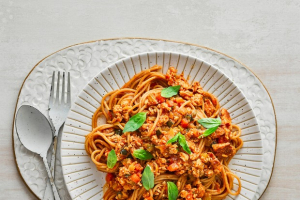Top 10 Best Tips for Cutting Carbs
There are many reasons you might think about following a low-carb diet. For instance, you might need to change your diet if you have been told that you have ... read more...prediabetes or diabetes. Or maybe you already eat a lot of carbohydrates and want to cut back. Here are some simple ways to cut back on carbs if your doctor or nutritionist has suggested you do so as part of a change to a healthy lifestyle.
-
Most of the sugar, including glucose, sucrose, maltose, lactose, and fructose, is categorized as simple carbohydrates. Simple carbohydrates give you energy quickly, which causes your blood sugar to rise quickly and your pancreas to produce more insulin.
Drinking sugar-sweetened beverages like sodas or sweetened iced teas can significantly increase the number of excess carbohydrates in your diet in the form of sugar. For instance, a 12-ounce can of regular cola has 35 grams of carbohydrates, while a small sweetened iced tea beverage has 29.5 grams. Almost all of these carbohydrates are sugar. Limiting your intake of sugar-sweetened beverages could help lower your chance of developing type 2 diabetes as these drinks have been linked to the onset of the disease. Flavored seltzers are a great substitute if you're in the mood for something refreshing.
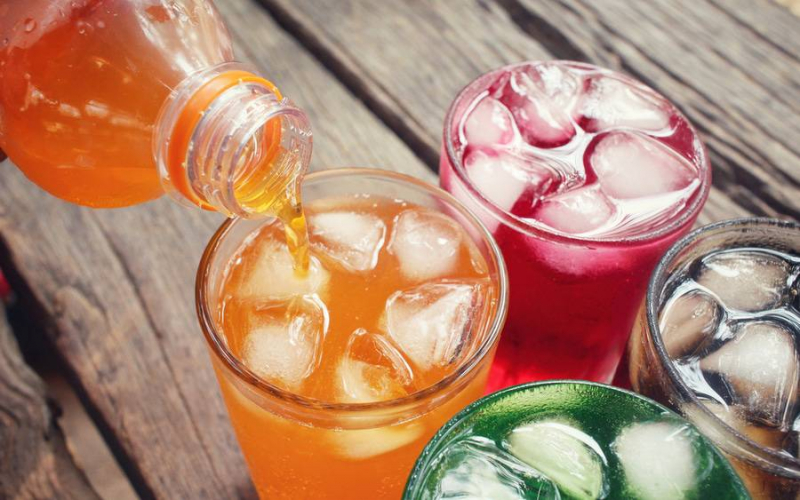
Curb your intake of sugar-sweetened drinks 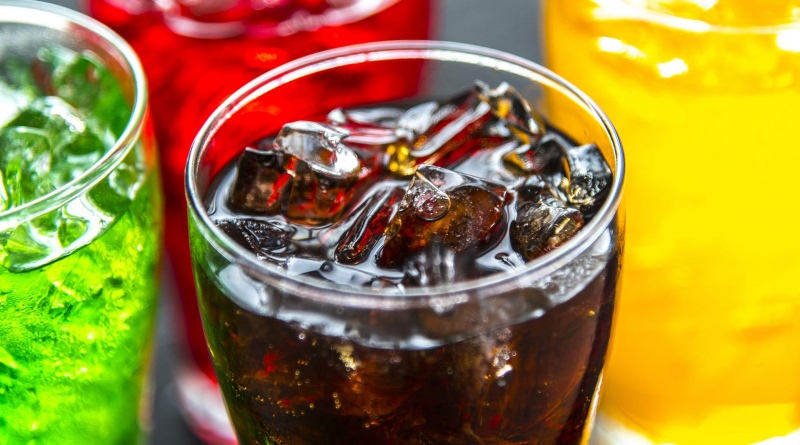
Curb your intake of sugar-sweetened drinks -
Numerous types of bread contain vitamins and minerals, particularly whole grain bread. Unrefined whole grain bread is similarly categorized as a complex carb, which means it requires more time to digest and affects blood sugar gradually.
While refined grain bread, like white bread, does not even always have more carbs than whole grain bread, the process of refining the grains can lower the bread's fiber and micronutrient content. Without a lot of fiber, the body absorbs the bread's sugar and carbs quickly, which can cause blood sugar levels to rise. This has the potential to accelerate the development of type 2 diabetes over time. You can reduce your daily intake of bread in general or stick to a moderate amount of whole grain bread to help you consume fewer simple carbs that can cause blood sugar to surge.
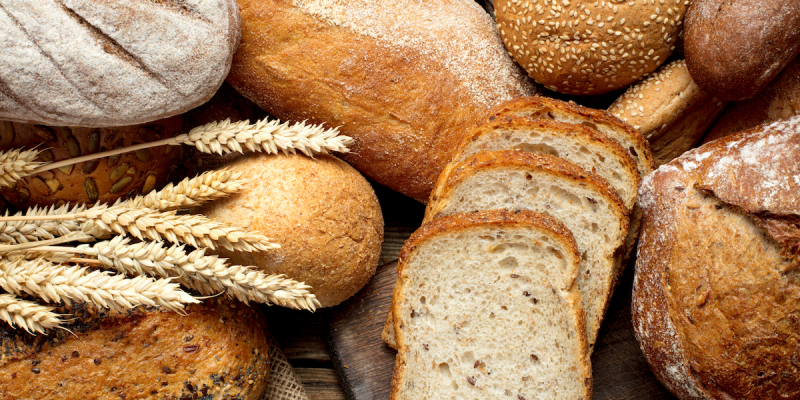
Cut back on refined grain bread 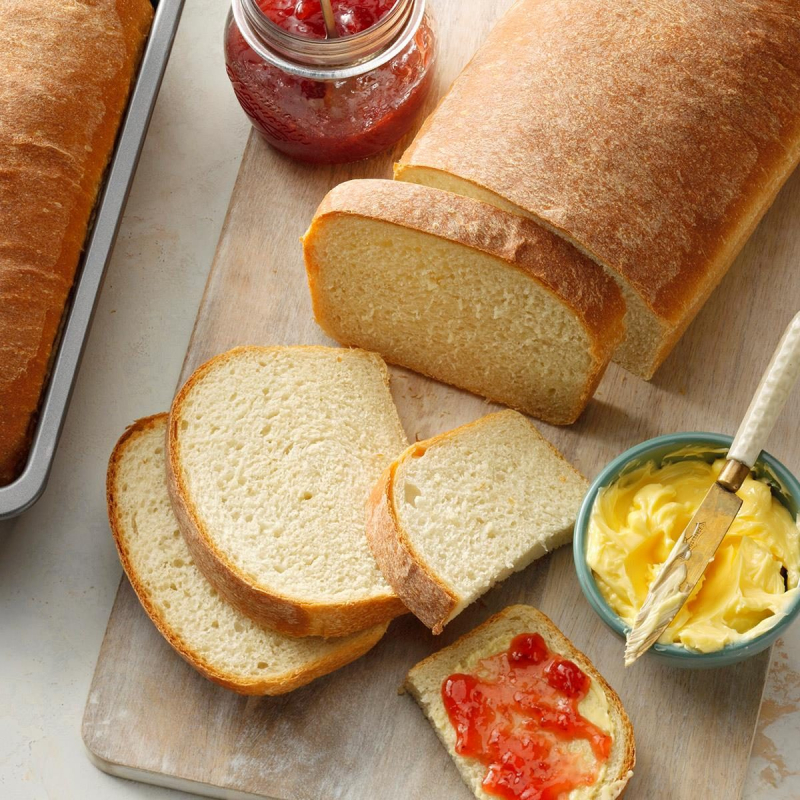
Cut back on refined grain bread -
Fruit juice is generally perceived as healthy and far superior to sugary soda. But some people suggest that juice isn’t as healthy as it’s made out to be and is just as detrimental to your health as sugary soda.
Fruit juice, in contrast to whole fruit, is typically high in fructose, a fruit sugar that is also regarded as a simple carb, and contains little to no fiber. Fruit juice is similar to sugar-sweetened beverages (like soda) in terms of sugar and carbohydrates, despite offering some vitamins and minerals. For instance, 35 grams of carbs, mostly sugar, are included in 1 bottle (or around 10 fluid ounces) of 100% apple juice. Consider choosing a piece of fruit rather than fruit juice if you want to eat fewer carbs. Whole fruit is typically just as sweet and has fiber, which may help people with diabetes avoid blood sugar rises.
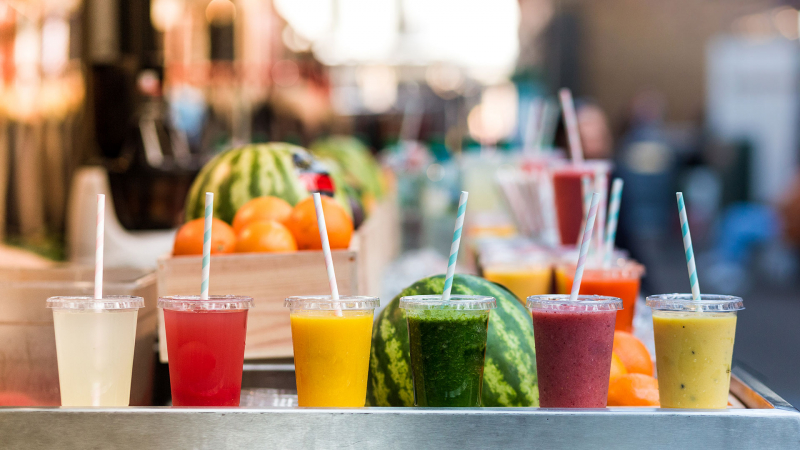
Think about fruit juice 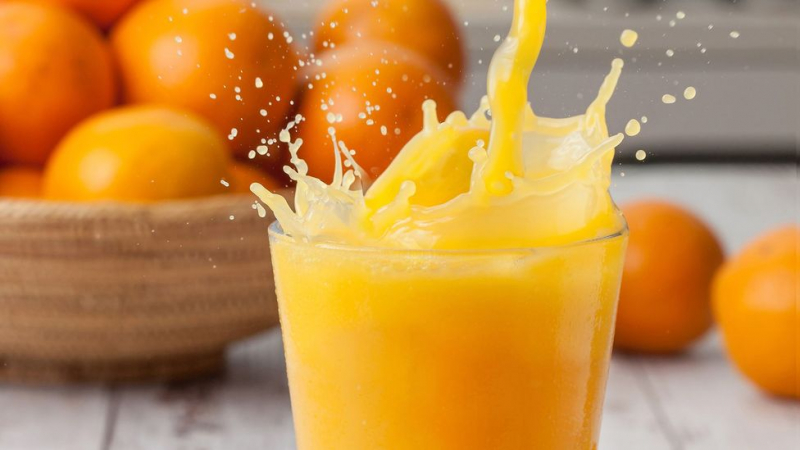
Think about fruit juice -
Snacks like chips, pretzels, and crackers can easily add up in terms of carbs. This is due to the fact that these salty, savory snacks typically have low levels of protein and fiber, two macronutrients that contribute to a feeling of fullness.
This implies that you might consume a lot more than you intended to. Replace high-carb meal staples with lower-carb alternatives as one of the simplest ways to reduce your carb intake. You can feel full by including extra low-carb snacks with a substantial portion of protein and fiber. Stock your fridge and pantry with low-carb ingredients, and experiment with new cooking recipes. If you're looking for some ideas, nuts, cheese, and eggs typically have higher levels of protein and fewer carbohydrates.
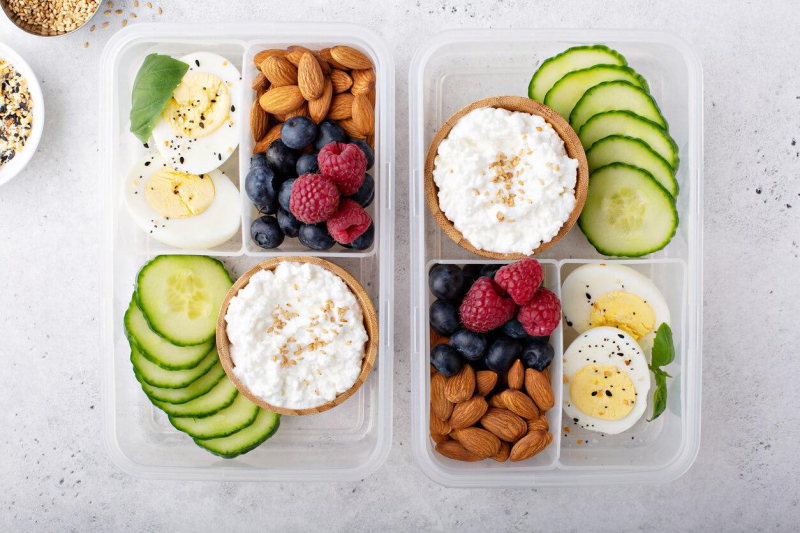
Choose lower-carb snacks 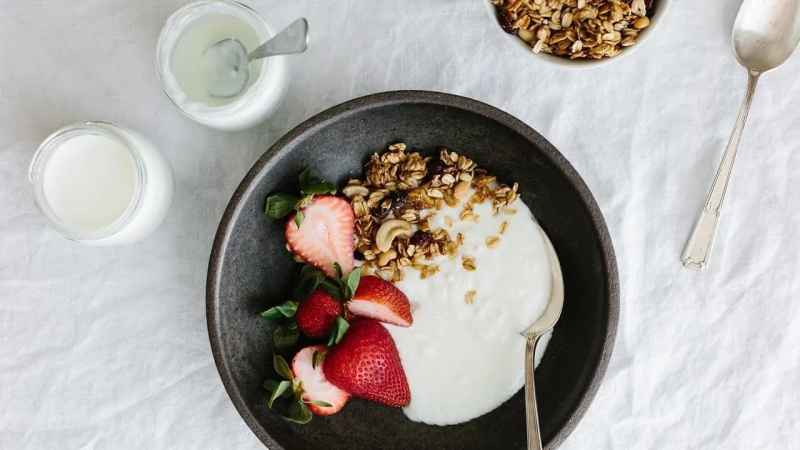
Choose lower-carb snacks -
Even if breakfast foods seem "healthy" at first glance, they may contain hidden levels of carbohydrates and sugar. For example, cereal may not be the ideal breakfast choice if you have diabetes. The most of sugar comes from processed foods, and among the most common processed foods that are high in added sugars are morning cereals.
In people with diabetes, prolonged ingestion of foods with added sugar might cause blood sugar rises. Consider including more eggs in your morning routine if you're looking for foods with less simple carbs. Additionally, eggs are incredibly adaptable and may be made in a variety of ways, including hard boiling for breakfast on-the-go. Low-sugar yogurt, crustless quiche, nut butter on celery sticks or low-carb bread, and a breakfast pan with vegetables and potatoes are some other low-carb breakfast options.
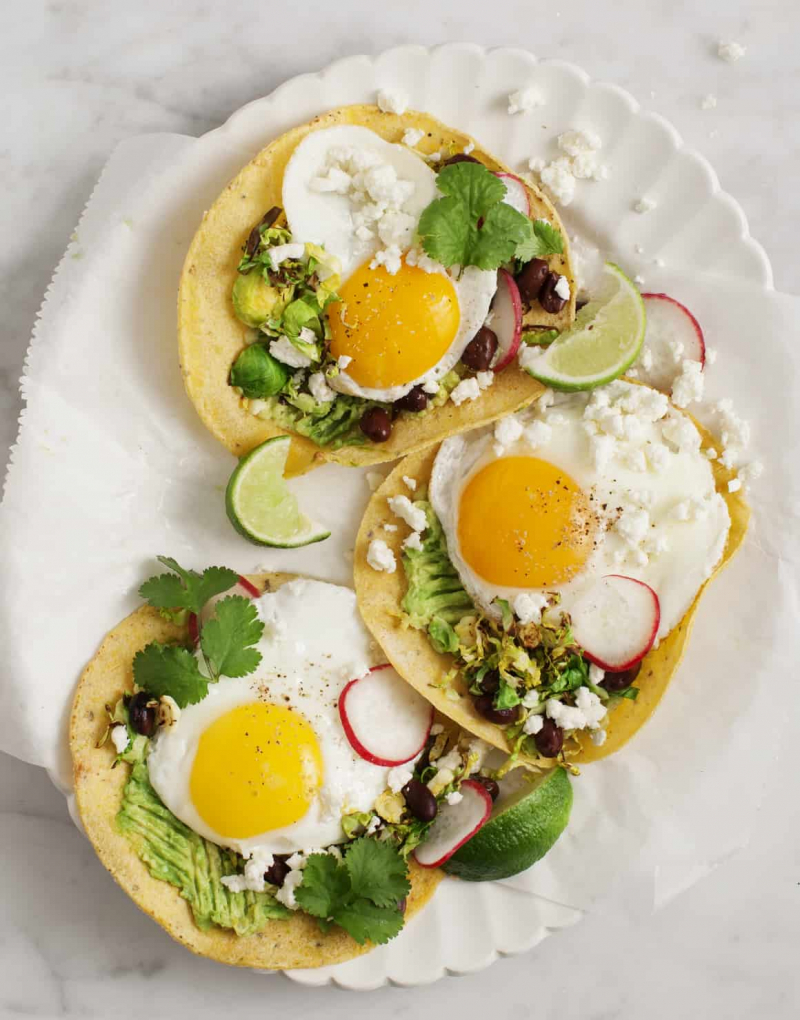
Start your day with eggs or other lower-carb breakfast foods 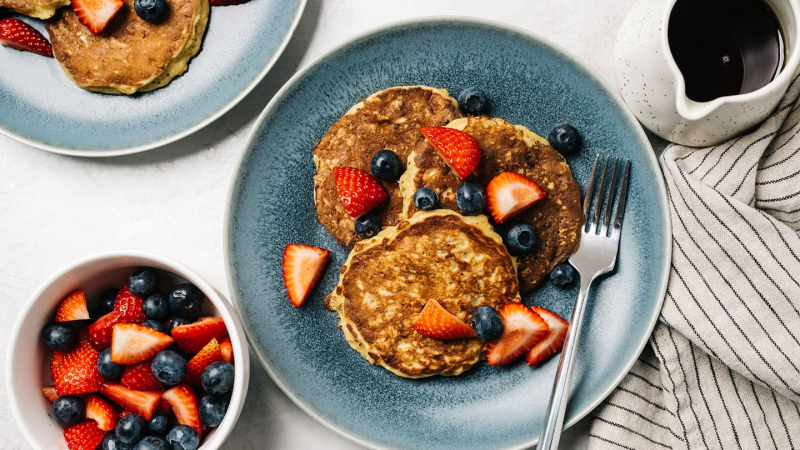
Start your day with eggs or other lower-carb breakfast foods -
Although many people like to add sugar to their coffee or tea, doing so might increase the carbohydrate content. Despite being a more natural sweetener, honey is still just sugar. The 17 grams of carbs in one tablespoon are all from sugar.
There are many sugar substitutes that are frequently low in sugar or even completely sugar-free if you want to keep your sweetened coffee:
- Stevia: The stevia plant, which originated in South America, is the origin of stevia. Some studies have suggested that stevia may potentially help diabetics lower their blood sugar levels.
- Erythritol: Erythritol is a type of sugar alcohol that has a similar taste to sugar, does not increase insulin or blood sugar levels, and may help prevent cavities by eliminating the bacteria that cause plaque.
- Xylitol: Xylitol, another sugar alcohol, helps in the battle against the bacteria that lead to tooth decay. Additionally, studies indicate it might help with blood sugar control.
- ...
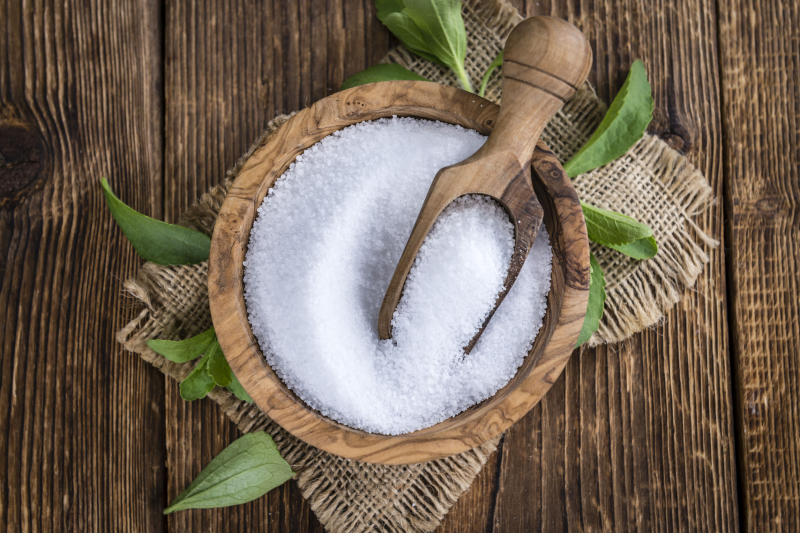
Use sugar alternatives 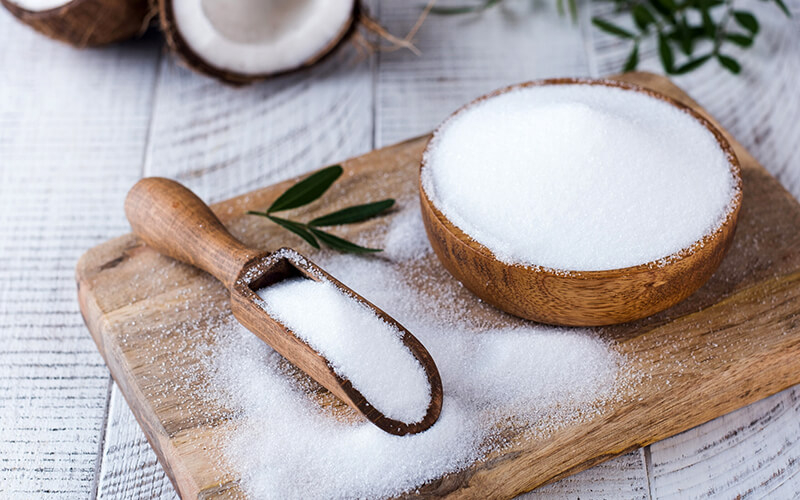
Use sugar alternatives -
When starting a low-carb diet or after deciding to reduce your carb intake, eating out might be challenging. You will often receive starch on the side, such as potatoes, rice, pasta, or bread, even if you order meat or fish without breading or gravy.
Depending on the serving size, which is frequently large, these starches can add 30 or more grams of carbohydrates to your meal. When ordering a meal at a restaurant, be mindful of portion sizes, and think about getting a side salad to up your intake of fiber to make you feel satisfied more quickly. Focus on foods high in protein will help you feel full and have numerous other health benefits. Foods high in protein also contain antioxidants, vitamins, and minerals. Some good sources of protein include eggs; nuts and seeds; legumes, beans, and lentils; lean meats, such as fish and chicken;...
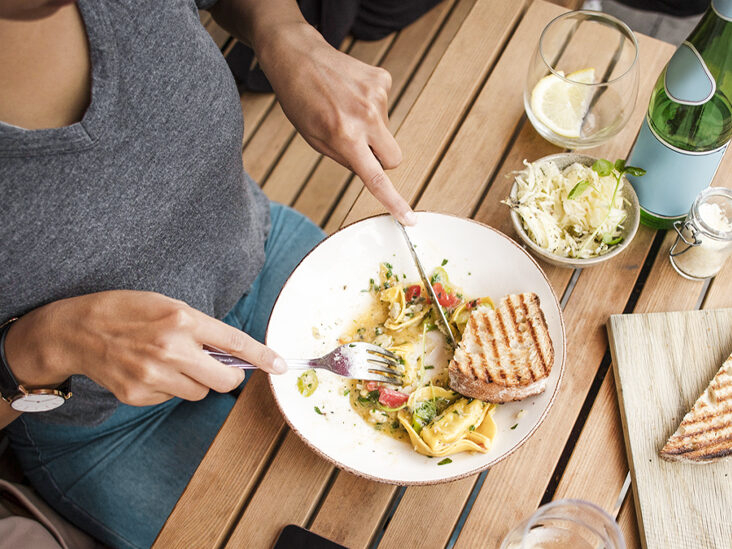
Consider the carb content of restaurant meals 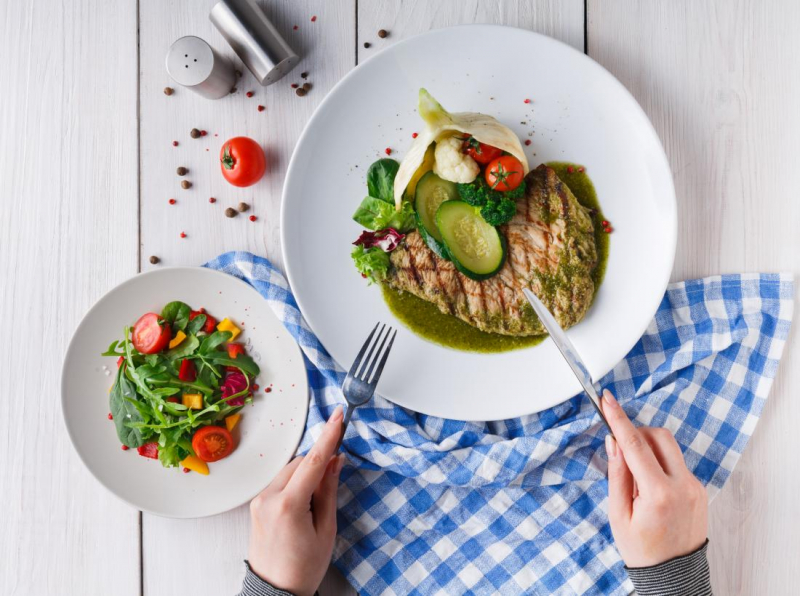
Consider the carb content of restaurant meals -
White flour is frequently the foundation of many baked goods, such as bread, muffins, and cookies, as well as the main ingredient in most fried foods. Since most of the nutrients and fiber have been removed, white flour is regarded as a refined grain.
Because it digests more quickly with less fiber, type 2 diabetics may experience insulin spikes. After consuming food prepared with refined flour, you might also experience a decrease in satisfaction. Try substituting whole grain flour for white flour if you're craving baked goods because it has more fiber and a better nutritional profile. As these substitute options often include fewer carbohydrates than white flour, you might also think about replacing it with almond or coconut flour. These flours do, however, contain more fat than white or whole grain flour. Remember that the texture of the finished product may be denser when buying food made with an alternative flour or when making it yourself because of either a lack of gluten (for almond or coconut flour) or less refinement (for whole wheat flour).
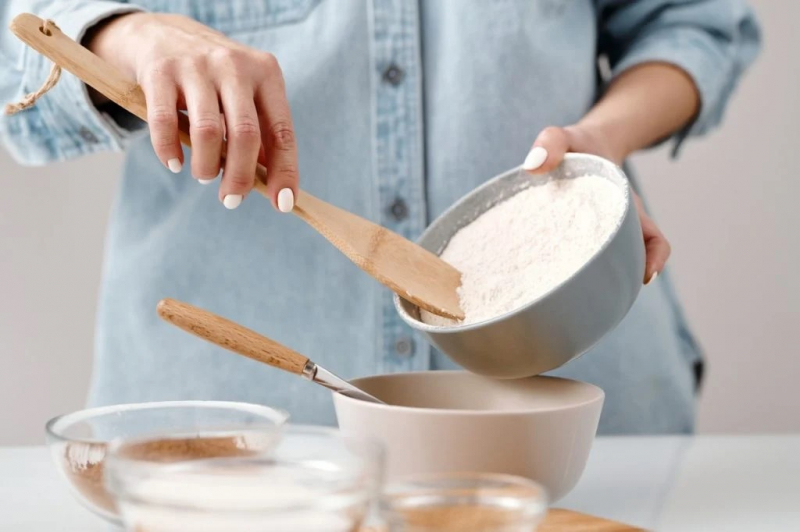
Substitute alternative flours for white flour 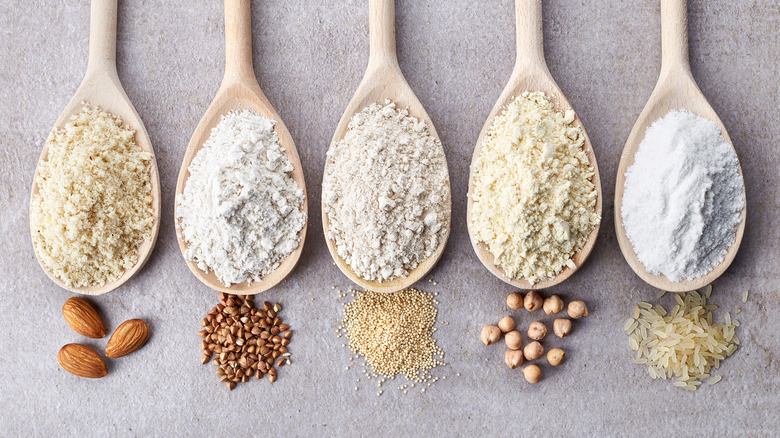
Substitute alternative flours for white flour -
Vegetables are a great source of fiber and minerals. They also contain phytochemicals, which are plant-based substances, many of which serve as antioxidants and protect you from disease.
However, not all vegetables on a low-carb diet are made equal, limit starchy vegetables like potatoes and corn, which are best consumed in moderation and in small amounts. It's crucial to concentrate on non-starchy vegetables if you're trying to reduce your carb intake. Non-starchy vegetables, such as greens, cauliflower, peppers, mushrooms, and others, are one of the food groups you're likely to stock up (and fill up) on when you first start a low-carb diet. Artichokes, asparagus, broccoli, carrots, mushrooms, and tomatoes are among a long list of non-starchy vegetables recommended by the American Diabetes Association.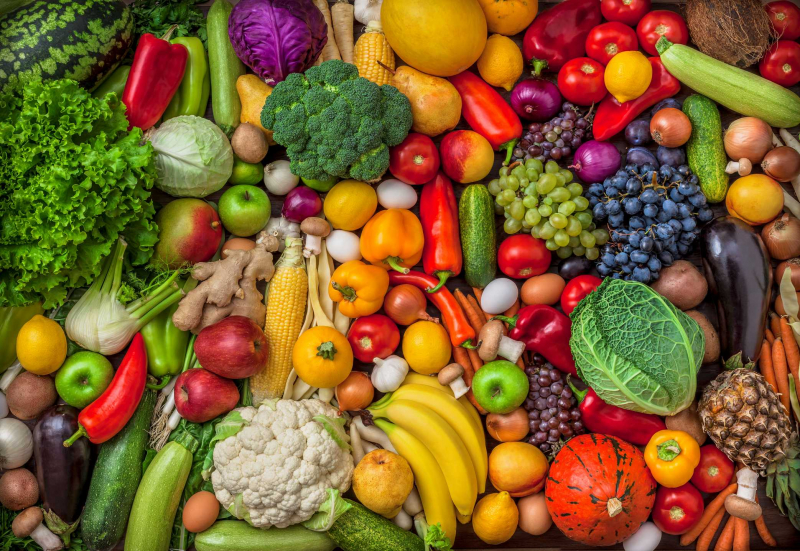
Emphasize non-starchy vegetables 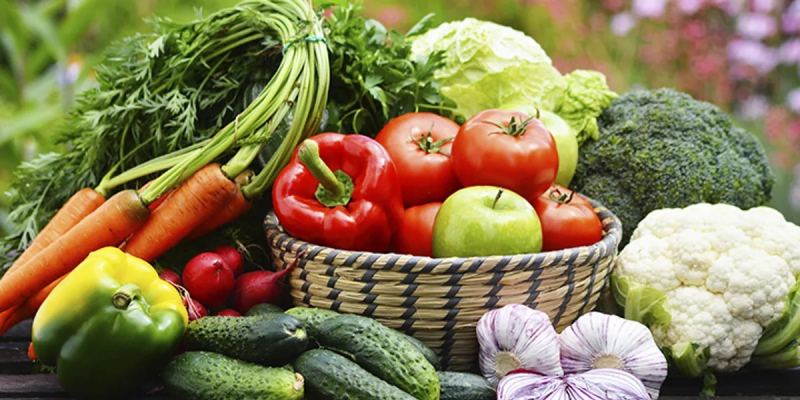
Emphasize non-starchy vegetables -
Focusing on high-protein foods is one of the best ways to keep yourself full if you enjoy carbs but are still trying to cut back. Protein has been demonstrated to promote satiety, which prolongs your feeling of fullness. You might eat less during the day if you do it.
Furthermore, protein requires more calories to digest than fat or carbohydrates due to its slightly higher thermic value. You might even see some weight loss by placing an emphasis on foods that are rich in protein while supplementing your diet with complex carbs. Remember that your individual protein needs will also depend on how active you are, your muscle mass, and your individual metabolism.
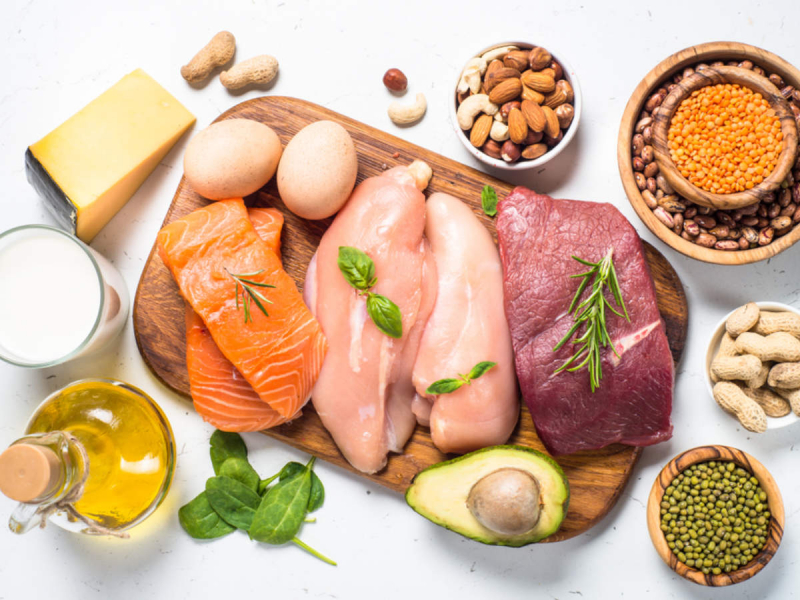
Focus on high protein foods 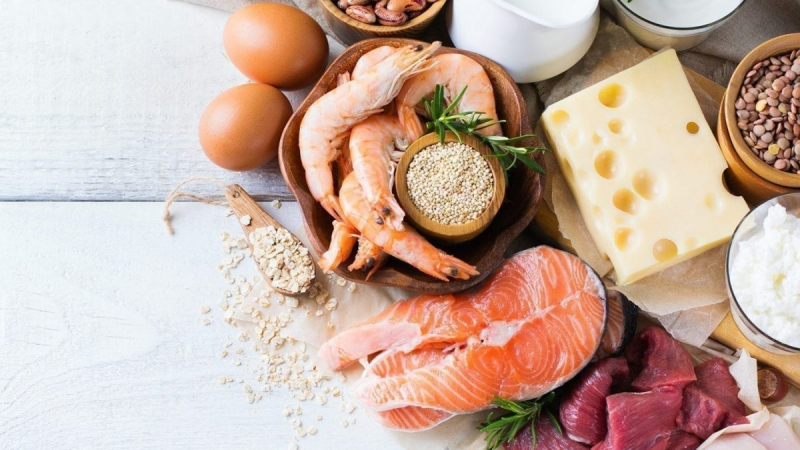
Focus on high protein foods












